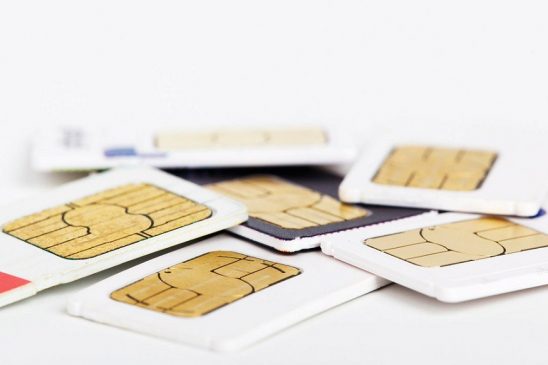Smartphones are integral to our everyday lives, and so are SIM cards and mobile networks. From accessing banking apps, checking emails, and cruising through social media on the go – all of this is possible through mobile networks.
But, freedom and convenience can also spell vulnerability, as scammers are devising new ways to target unsuspecting users. Among the recent spate of attacks, SIM swapping has been increasingly targeting users.
What is SIM Swapping?
As the name suggests, SIM swapping is a process where scammers access the SIM card, essentially digital identity theft. Once they gain access, they extort money from friends and family of the user. They access online banking, take control of social media profiles, and more.
With OTP-based two-factor authentication becoming mainstream for various online products and services, including Internet banking, perpetrators with access to a SIM card could cause significant damage. This is why it’s crucial to stay vigilant and learn how to protect oneself from this type of cybercrime. Below are some tips to stay safe.
Also Read : Offer on offers? Ola Electric announces ‘72 hours Electric Rush’ deal to woo buyers
Ensure personal identity proofs are not available online
Some scammers collect various information, including identification cards like Aadhaar, and apply for a duplicate SIM. If successful, they gain access to your phone number. Therefore, it’s important to stay vigilant and ensure your SIM always has network coverage. If your SIM card loses network connectivity, there is a possibility that someone else has gained access to your phone number. If you can’t send messages or make phone calls, then a SIM swap is likely.
Beware of Smishing and Phishing
Smishing and Phishing are the two most common hacking methods where fraudsters send links that mimic financial institutions and prompt you to fill out a form with personal details. In some cases, they may also trick you into installing certain apps that allow them to gain control over your smartphone from a remote location.
In this scenario, scammers with remote access to your phone and SIM card can perform all actions without needing access to the physical SIM card.
How to prevent SIM swapping
In case you lose your phone or SIM card, contact your network provider immediately and block your SIM card. Obtain a duplicate one as soon as possible. Holding two SIM cards with the same number is illegal, so scammers won’t be able to misuse your SIM card.
By locking your SIM card, you can protect yourself from SIM swapping. To access the SIM card, one needs to enter a password. If you forget the password, you may need to contact your network provider for a duplicate SIM card. SIM locking is triggered when a SIM card is transferred from one phone to another, and without the correct password, network services cannot be used.
Also Read : Xiaomi 14 series phones with HyperOS to launch on October 26, company confirms
eSIMs can be effective
If you have a phone that supports eSIM, converting your physical SIM card to an eSIM is another way to protect yourself from SIM swapping. It is almost impossible to transfer an eSIM without unlocking the device. Even with a stolen phone, a user can remain protected from SIM-swapping fraud.
To protect against social media hacks, use two-factor authentication apps rather than OTP, which is usually tied to your device instead of a SIM card. However, losing your phone in this scenario may also lock you out of various services, which is part of the added protection of app-based two-factor authentication.





































